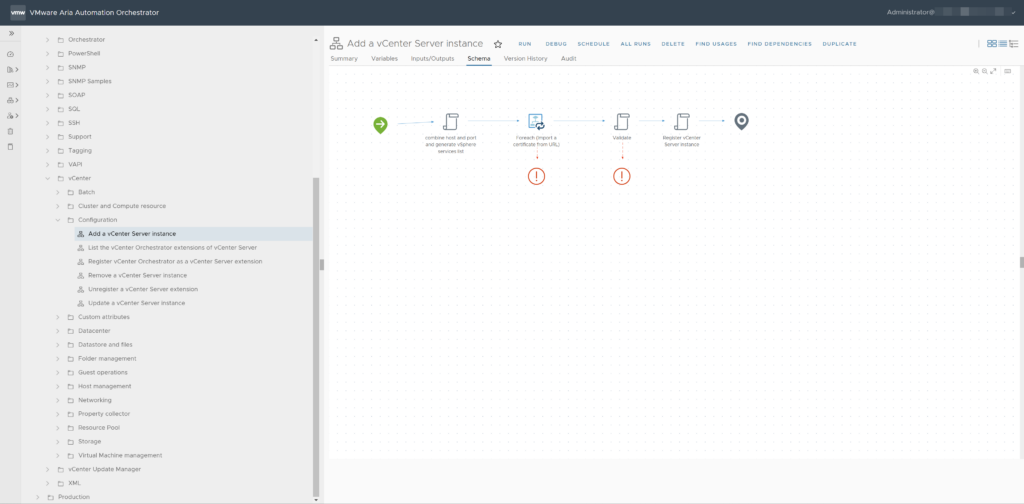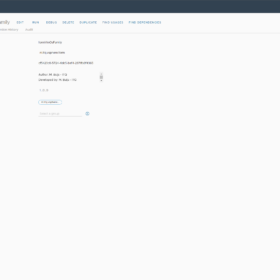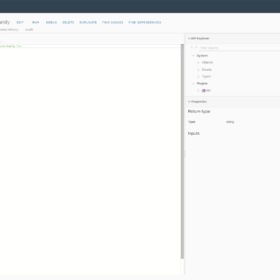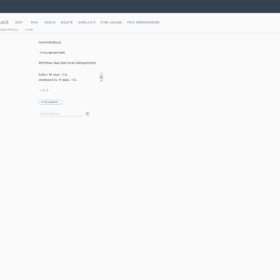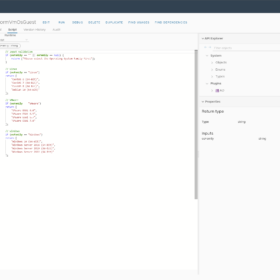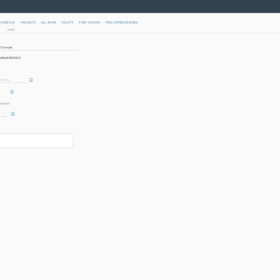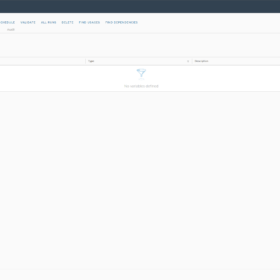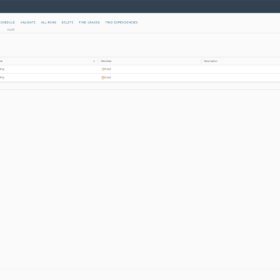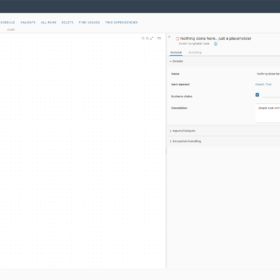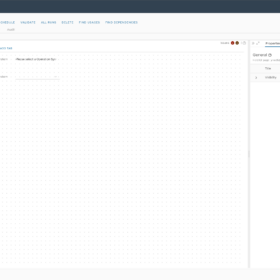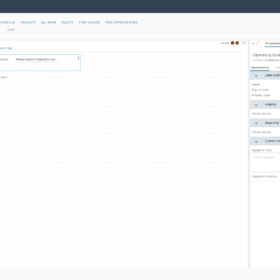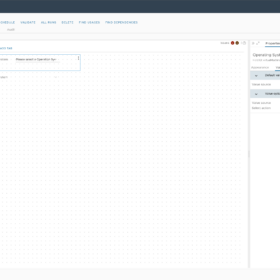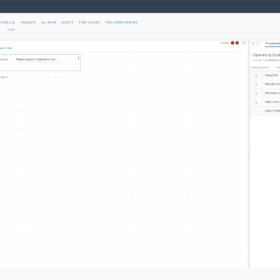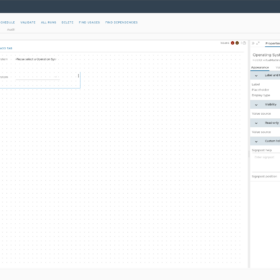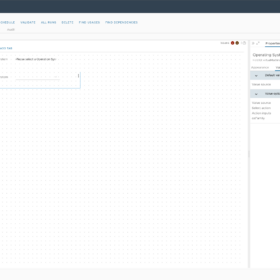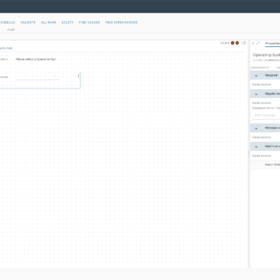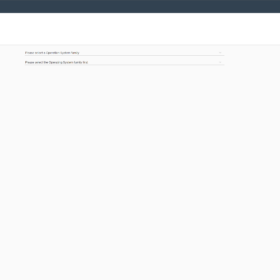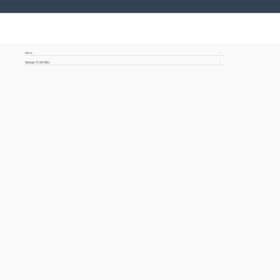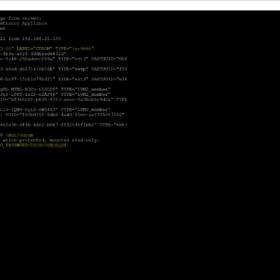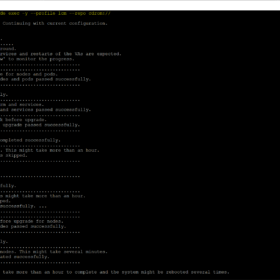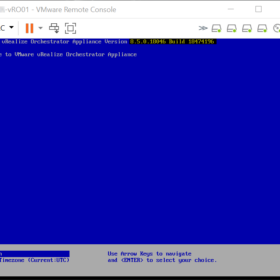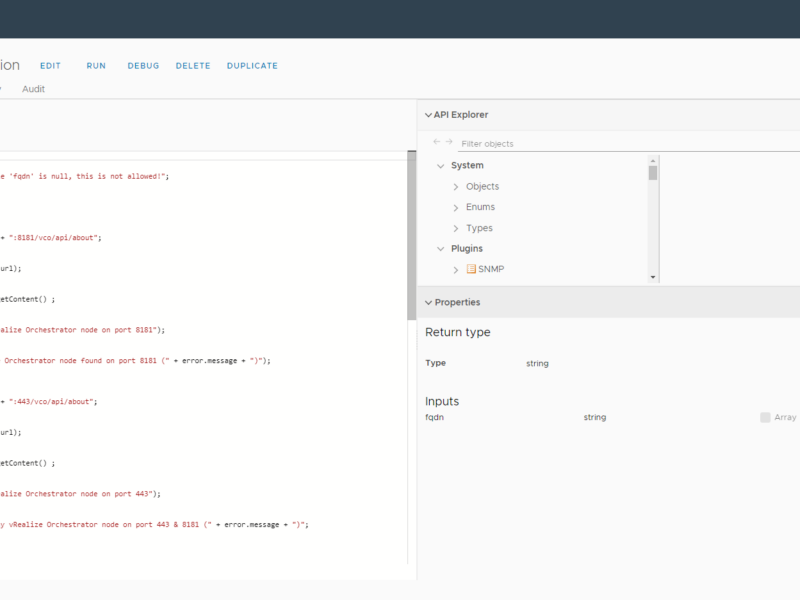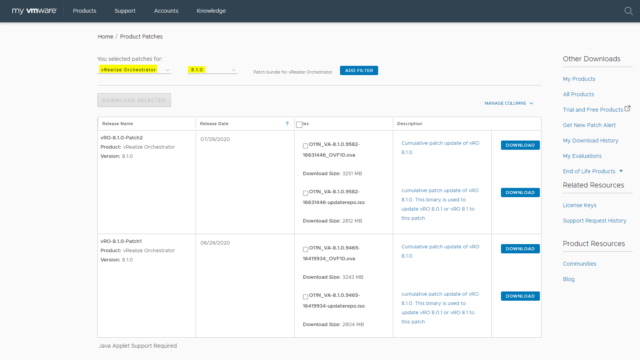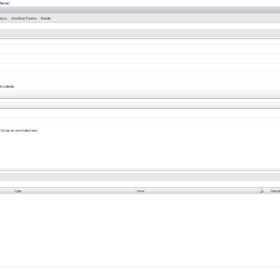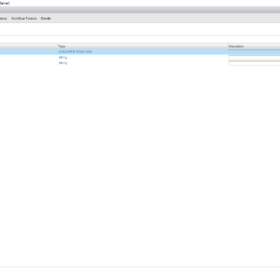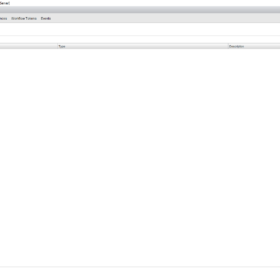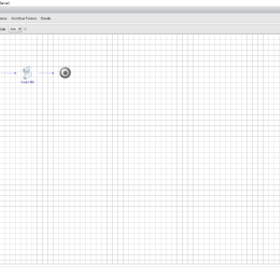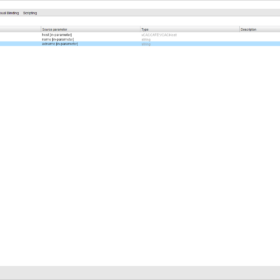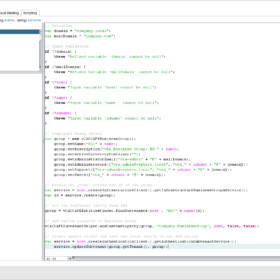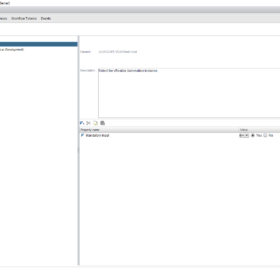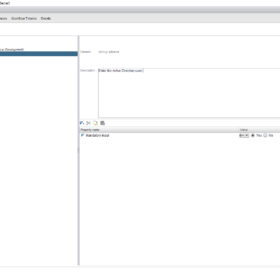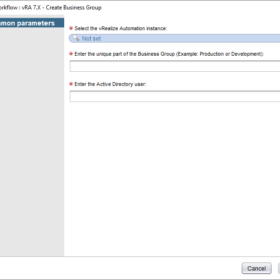While working with Broadcom VMware Cloud Foundation (VCF) Orchestrator, formerly known as vRealize Orchestrator, I ran into a subtle but very real problem: week numbers that did not match what we expect in The Netherlands.
At first glance this looked like a bug in the platform. In reality, it turned out to be a classic JavaScript date-handling pitfall that becomes especially visible in automation workflows.
The issue: week numbers don’t line up
In one of my Orchestrator workflows I evaluated two timestamps:
- 2025-02-17 20:39:00.000 +01:00 → returns week 7
- 2025-02-18 20:39:00.000 +01:00 → returns week 8
From a Dutch perspective, both dates fall in week 8. So why does JavaScript suddenly jump a week overnight?
ISO-8601 vs local expectations
The answer lies in how JavaScript (and most supporting libraries) determine week numbers.
JavaScript itself does not have a native getWeek() function, but most common implementations follow the ISO-8601 standard:
- Weeks start on Monday
- Week 1 is the first week of the year that contains at least four days in the new year
- Week boundaries are calculated relative to Thursday
For 2025, that leads to the following result:
- Monday, February 17, 2025 → still ISO week 7
- Tuesday, February 18, 2025 → ISO week 8
So while this feels “wrong” locally, JavaScript is technically correct according to ISO-8601.
Why this matters in VCF Orchestrator
In Broadcom VMware VCF Orchestrator, JavaScript is often used to:
- Schedule tasks
- Generate weekly reports
- Drive time-based logic in workflows
- Integrate with external systems like ITSM or ticketing platforms
If your organization assumes Dutch calendar logic without explicitly coding for it, you can end up with off-by-one-week errors that are extremely hard to trace later.
The solution: make the week calculation explicit
To avoid ambiguity, I implemented an explicit ISO-week calculation in JavaScript and documented it clearly in the action itself. This ensures that anyone reading or reusing the code understands exactly which standard is applied.
Here is the action I use in Orchestrator:
function calculateCurrentWeek(dateNow) {
function getISOWeekNumber(date) {
var d = new Date(date.getTime());
d.setHours(0, 0, 0, 0);
// Adjust to the Thursday of the current week
d.setDate(d.getDate() + 3 - (d.getDay() || 7));
// Find the start of the year (first Thursday's week)
var yearStart = new Date(d.getFullYear(), 0, 4);
yearStart.setDate(yearStart.getDate() + 3 - (yearStart.getDay() || 7));
// Calculate the week number
var weekNumber = Math.round(((d - yearStart) / 86400000) / 7) + 1;
return weekNumber;
}
// Set variable
var actionName = arguments.callee.name.substr(6);
// Input validation
if (!(dateNow instanceof Date)) {
throw new Error("[" + actionName + "] 'dateNow' must be a Date object");
}
// Calculate the week number
var weekNumber = getISOWeekNumber(dateNow);
// Return the result
return weekNumber;
}Takeaway
This is not a bug in Broadcom VMware VCF Orchestrator, nor in JavaScript itself. It is a reminder that date logic is never “obvious” in automation.
If your workflows depend on week numbers:
- Decide explicitly which standard you use (ISO vs local convention)
- Document that choice in your actions
- Never rely on “what feels correct” for calendar logic
In automation platforms like VCF Orchestrator, these small details can make the difference between predictable workflows and subtle production issues that surface weeks later.

